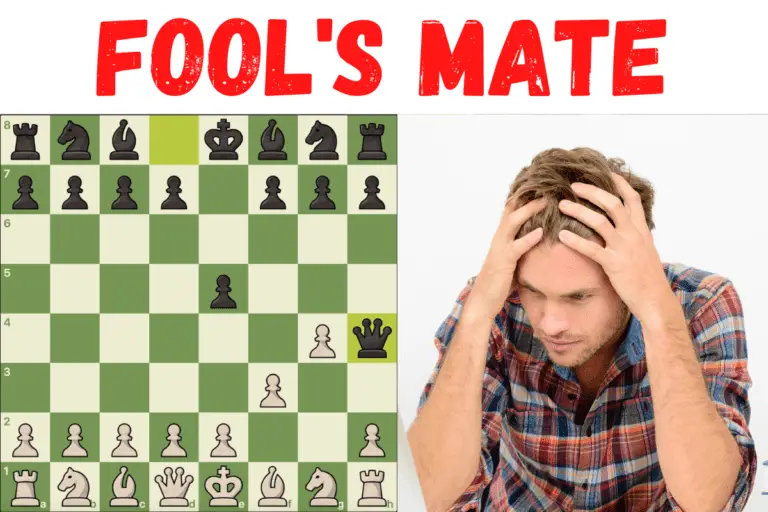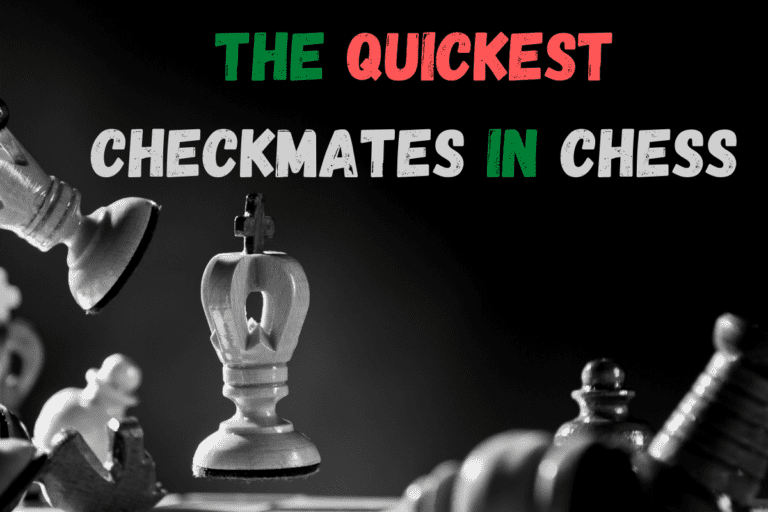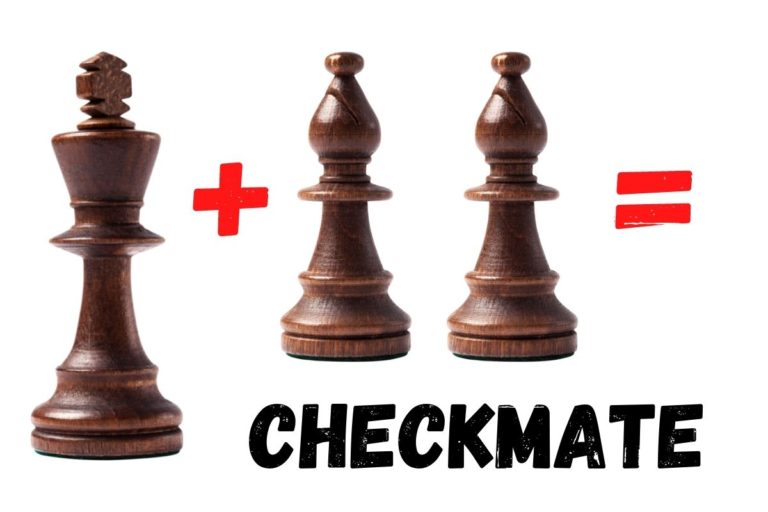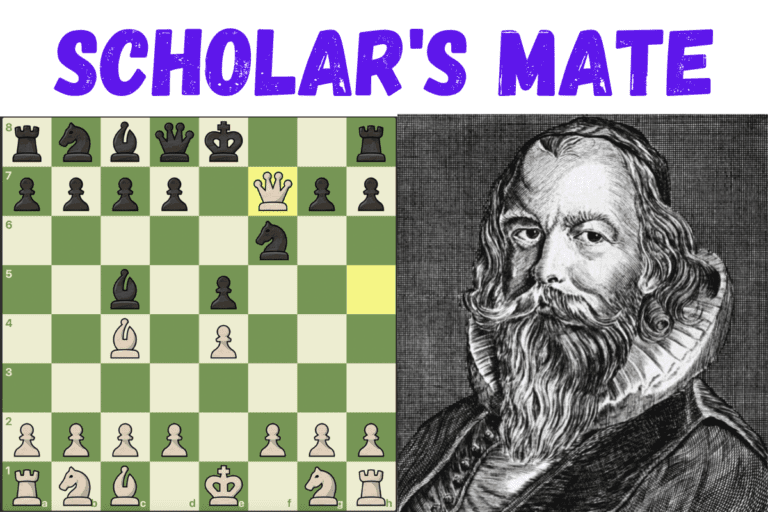Checkmate with a Rook & King vs King: Chess Endgames
⭐⭐⭐ Take 4 minutes to read and improve your chess game ➡️ : This article was first published on, and is Copyright of Chessquestions.com
It’s checkmate with a rook and king vs. King! This is the endgame. Chess has taken you all over the board, but now it comes down to this moment. You have two pieces left: your rook and your noble king. In this post, I will explain how to win with just these two pieces in an easy-to-follow basic checkmate method.
Gaining a checkmate with a rook and king vs a king is similar to the situation you have with Queen and King vs King, but it is going to take a bit longer. You could be looking at up to 20 moves to finally corner the king on a rank or file with the rook and king. This is well explained in the video above.
3 Steps for getting checkmate with Rook and King
1. You must have the lone king on one of the edges of the board
Because of the limitations in movement with the King and Rook combination, it is only possible to gain a checkmate if the enemy king is on one of the outer ranks or files.
Once you get the king there, the rook can hold the king out, and use your king in support, playing waiting moves with your pieces until in the right position to make the final move and rook checkmate.
By knowing and playing the right moves at the right time (and this means avoiding playing check moves], you use Zugzwang to force your opponent toward defeat.
2. Use Zugzwang
Here experienced players are not going to continuously get the enemy king in check, there will always be an out whilst trying to get the king to the edge of the board, What we need to do, is corner off the board and use zugzwang.
In chess Zugzwang sees one player placed in a situation whereby they are compelled to make a move that will place them in a more disadvantageous position than they were in previoulsy.
This is the key to not checking the king, and playing a ‘waiting move’ with the rook, closing the box of available squares that can be moved to.
By not rushing into the check position, it is much easier, if still long-winded, to push the opponent’s king to one of the edges of the board where the final moves are played out with your rook and king to achieve checkmate.
With fewer options available when compared to the Queen King scenario, it can take 20+ moves to force the checkmate this way. The bad news is, there is no quicker route.
3. Practice the King + Rook Over and Over
If the enemy king is centrally located when this phase of the endgame begins, it is going to take a lot of moves to finally get the king to the edge of the board. This will be particularly true if you are playing a strong player who understands, how long it could take, especially if there is time pressure.
If you are in a position that you know, before you make the next move, what it will be in terms of playing waiting moves or forcing moves, then you will be able to make them very quickly in time-control games when your time may be running low.

What is a Rook & King vs King endgame in chess and how does it work
Rook and King endgame are when one player is down to a lone king, whilst the other player has the advantage of a rook.
3 Reasons Why Your Opponent Has Not Resigned, Despite Not Being Able to Win.
You might wonder why your opponent has not resigned in the game, despite the fact that it is impossible to gain a victory with insufficient material and a lone king. What could they continue playing for?
Time Victory
If you are playing a game of Rapid or Bullet chess, to gain a win by checkmate, you have to achieve it within the allocated time. Already, even if a 10-minute game, to be at this position is going to have taken quite some time already, and with possibly more than 20 further moves to be made, if you do not complete the checkmating pattern for the rook and king vs a king, in time, your opponent ill be awarded the win if you run out of time before them.
This is why it is key to learn this endgame and the rook mate so that you can execute the required moves in the shortest time possible.
Stalemate
If you do not know how to complete the quickest checkmate in a position of possessing both a rook and king against a king, it will become apparent as soon as you place the King in check from a square with your rook.
At this point, a strong player will have been able to identify that you may not know how to finish the game and could be susceptible to falling for a stalemate attempt and always have an escape square at hand as part of their defense.
To end a game with these pieces in stalemate would be a disaster if you were the player with the extra rook, it would be almost as bad as a defeat.
So ensure you learn these principles for finishing the game off.
Draw [By Repetition or Maximum Moves Limit]
Whilst it may take up to 20 moves for chess players successfully complete the forcing of the king to the edge and final waiting moves to deliver the quickest checkmate, if you are not proficient at this endgame, you may end up taking many more moves than the limit and thereby being forced into a draw.
How to Practice Rook and King vs King Endgame
There are many endgame strategies involving specific pieces and checkmate positions. Learning as many as you can prepares you for actual games and all possible outcomes as well as this type of checkmate and ways to finish off your games, as well as trying to avoid defeat if you identify your opponent is not so well versed in endgames. Take a look at the Basic Checkmates section to find out more.
You can also practice drills at chess.com
Here you will get a feel for zugzwang among endgames practice too.






